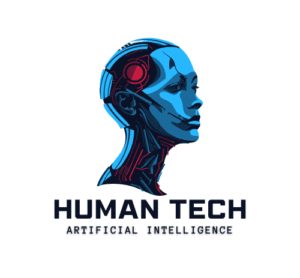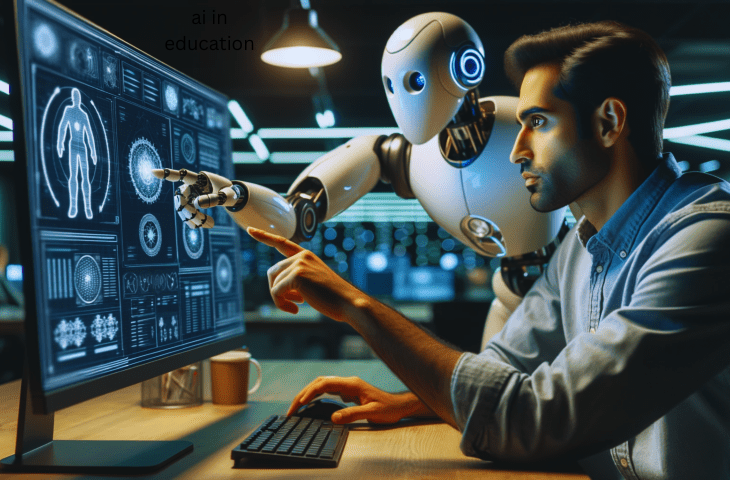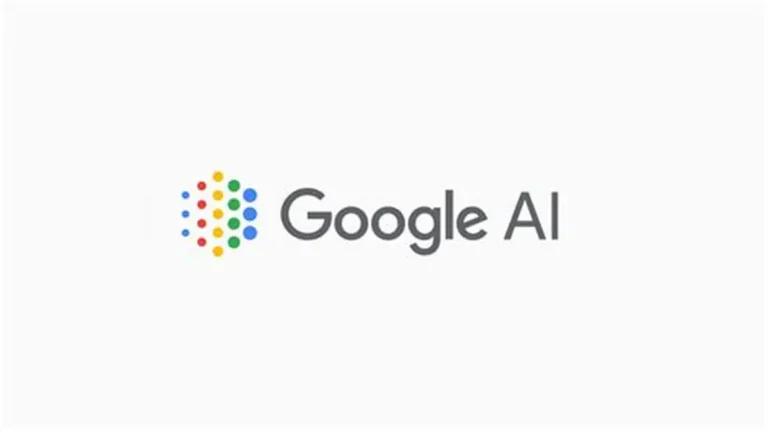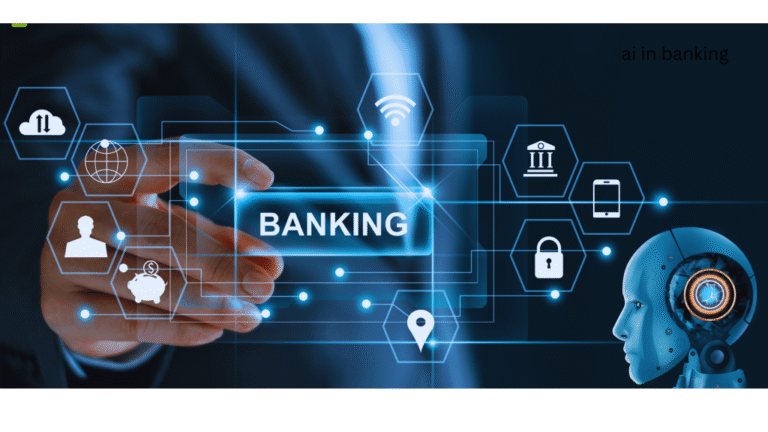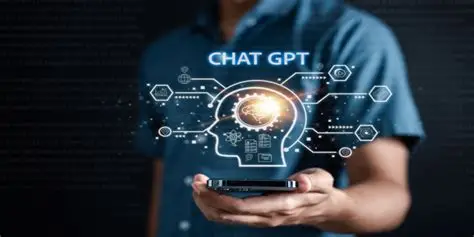Porns And Cons of AI In Education
Did you know that nearly 70% of teachers believe AI can significantly improve student learning? As technology continues to shape our world, artificial intelligence is making its way into classrooms, raising both excitement and concern among educators and students alike. In this article, we’ll explore the pros and cons of using AI in education, shedding light on how it can enhance learning experiences while also presenting potential challenges. By the end, you’ll have a clearer understanding of whether AI is a friend or foe in the classroom.
Table of Contents
ToggleWhat is AI in Education?
AI in Education: The integration of AI technology aims to enhance student learning, streamline administrative tasks, and tailor instruction to individual needs. Key features include:
– Real-Time Feedback: AI provides immediate insights to students, helping them understand their performance.
– Interactive Learning Materials: Engaging resources are created through AI, catering to diverse learning styles.
– Data-Driven Analysis: AI analyzes student data to personalize educational experiences and improve outcomes.
Common Applications of AI in Education:
1. Personalized Learning: Adapts content to align with each student’s unique strengths and weaknesses.
2. Automated Grading: Eases the burden of grading assessments, making the process faster and more efficient.
3. Virtual Tutors: AI-powered assistants and chatbots offer support for students outside of classroom hours.
4. Smart Classrooms: Utilizes AI analytics to track student engagement and progress effectively.
5. Accessibility Enhancements: Implements tools like text-to-speech, speech-to-text, and translation to support students with disabilities.
Here are ten essential ways in which artificial intelligence is revolutionizing and enhancing the education sector:
1. Tailored Learning Journeys:
AI offers the ability to customize educational experiences based on each student’s strengths and challenges. With adaptive learning technologies, students’ progress is monitored in real-time, allowing for adjustments in the material to ensure they are both challenged and supported. This promotes independent learning while allowing educators to focus on individual student needs more effectively.
2. Around-the-Clock Access:
A notable distinction of AI tools compared to traditional classroom settings is their round-the-clock availability. Online learning platforms and virtual tutors provide students with the opportunity to learn at any time, from anywhere, beyond regular school hours. This flexibility is especially beneficial for those balancing education with other responsibilities, underscoring one of AI’s significant advantages.
3. Streamlined Administrative Tasks:
AI can also take over repetitive tasks such as grading assignments, monitoring attendance, and creating schedules. This automation allows teachers to dedicate more time to engaging and diverse instructional activities. Additionally, AI-driven grading systems deliver quick and impartial evaluations, reducing the risk of bias and ensuring fairness in assessments.
4. Enhanced Accessibility for Students with Disabilities:
AI technologies, including text-to-speech, speech-to-text, and language translation, significantly improve access to education for students with disabilities. These tools support learners with hearing or vision impairments as well as those with learning difficulties by providing customized content that caters to their specific requirements.
5. Insights from Student Data:
AI can analyze a large amount of information to provide teachers with valuable insights into how students are doing. It helps identify which students are struggling and which ones are doing well. One of the main benefits of AI in education is that it allows teachers to adjust their lesson plans and support strategies based on this information, ensuring that students get the help and recognition they need right when they need it.
6. Personalized Testing:
AI makes it possible to tailor practice tests to each student’s ability. For instance, the questions can change depending on how well a student understands the material. The system can also adapt the difficulty of the test based on their earlier answers. This leads to a better assessment of what students know and helps reduce stress on test day, making sure everyone is evaluated fairly.
7. Fun Learning Through Games:
AI helps teachers design lessons that feel more like games. This approach makes learning more enjoyable and captivating for students. AI tools can incorporate videos, quizzes, and game-like elements into the curriculum, keeping students motivated and improving their focus and memory.
8. Access to Quality Education Worldwide:
AI removes barriers related to location, providing students everywhere access to high-quality education. AI platforms offer excellent courses, materials, and even tutoring services, making quality learning opportunities available to those in remote areas.
9. Better Student Retention:
AI can closely monitor student engagement and performance, allowing teachers to step in early if a student seems likely to fail or drop out. By using AI to analyze data and provide personalized support, educators can help keep students engaged and successful.
10. Helping Teachers:
AI doesn’t take the place of teachers; it enhances their work. While it automates some repetitive tasks, it allows educators to focus more on teaching and supporting their students.
Cons of AI in Education
Here are some downsides of using AI in schools:
1. Missing Human Touch:
AI doesn’t have the emotional understanding that teachers do. It can’t pick up on how a student is feeling or offer the encouragement and support that helps build trust and motivation in learning.
2. Expensive to Set Up:
Bringing AI technology into schools can be costly at first. Schools need to invest in infrastructure, training, software, and maintenance. This can be especially tough for schools with limited budgets, creating a gap between well-funded and struggling schools.
3. Job Loss for Admin Staff:
As AI takes over tasks like scheduling and grading, administrative staff might find themselves out of work. While this can make things run more smoothly, it also poses a threat to current jobs.
4. Dependence on Technology:
When students rely too much on AI tools for answers, their critical thinking and problem-solving skills can suffer. If they always turn to AI first, they might miss out on learning how to think independently or tackle complex issues using technology.
5. Concerns About Privacy:
AI systems collect a lot of data from students to function effectively. This raises concerns about privacy and data security. Schools need to ensure that student information is kept safe from misuse or unauthorized access.
6. Less Creativity Compared to Human Teachers:
While AI is great at handling data-related tasks, it lacks the creative teaching style that human instructors bring. It doesn’t adapt lessons in real-time based on what’s happening in the classroom, which can limit inspiration and creativity for students.
7. Unequal Access to AI Technology:
Not every school has the resources to use AI technology effectively. This creates a widening gap between schools with more funding and those with less. As wealthier schools adopt advanced AI tools, the less-funded ones struggle to keep up, which increases educational inequality.
8. Risks to Student Data Security:
AI systems manage a large amount of data, making them vulnerable to cyberattacks. If these systems are hacked, sensitive student information could be exposed to unauthorized individuals, putting students at risk. It is essential for schools to implement strong cybersecurity measures to protect this important data.
9. Bias in AI Algorithms:
AI systems depend on the quality of the data they learn from. If the data used is biased or incomplete, the AI’s recommendations and assessments may also be unfair, leading to unequal treatment of students.
10. Technical Problems that Interfere with Learning:
Like other software, AI technologies can experience technical issues, such as crashes or glitches. These problems can disrupt lessons and assessments, causing challenges for both students and teachers when they need the systems to work most.
CONCLUSION
To sum it up, AI can really change education by making it more personalized and easier to access. However, there are some downsides to consider. Teachers might feel overwhelmed by all the new technology, and students could start depending too much on AI tools. Additionally, we can’t overlook concerns about privacy and data security, as these issues can affect how safe and trusted students feel. It’s important for teachers to strike a balance between using AI well and keeping the personal connection that is crucial in teaching. As we move ahead, let’s take advantage of what AI offers while being aware of its challenges so we can create a better learning experience for everyone.
FAQs
1. What are the main benefits of using AI in education?
AI can personalize learning for students, helping them learn at their own pace and style. It also provides teachers with insights into student performance.
2. Can AI replace teachers?
No, AI cannot fully replace teachers. While it can assist with tasks and provide resources, the human touch and guidance from teachers are irreplaceable.
3. How does AI help students with different learning needs?
AI can tailor lessons to fit individual learning styles, offering additional support or challenges based on each student’s abilities.
4. What are the potential downsides of using AI in classrooms?
Some downsides include privacy concerns regarding student data and the risk of over-reliance on technology, which might reduce critical thinking skills.
5. Is AI expensive to implement in schools?
Implementing AI can be costly upfront, but many believe the long-term benefits, like improved learning outcomes, can outweigh these initial costs.
